Art in unexpected places in Holland
1) The Ufo on the Inkwell
In 1999, this strange, extra-terrestrial object landed on the headquarters of railway manager ProRail. The artwork was part of Panorama 2000, an art event, which was devised by Sjarel Ex, the then director of the Central Museum. You could see artworks all over the city, standing on the city’s Dom church. The UFO was designed by the sculptor Marc Ruygrok and stands atop the largest brick building in the Netherlands, which is called the Inkwell or Inktpot. Most of the artworks of Panorama 2000 have since disappeared, but the UFO was allowed to remain in place after ProRail purchased it.
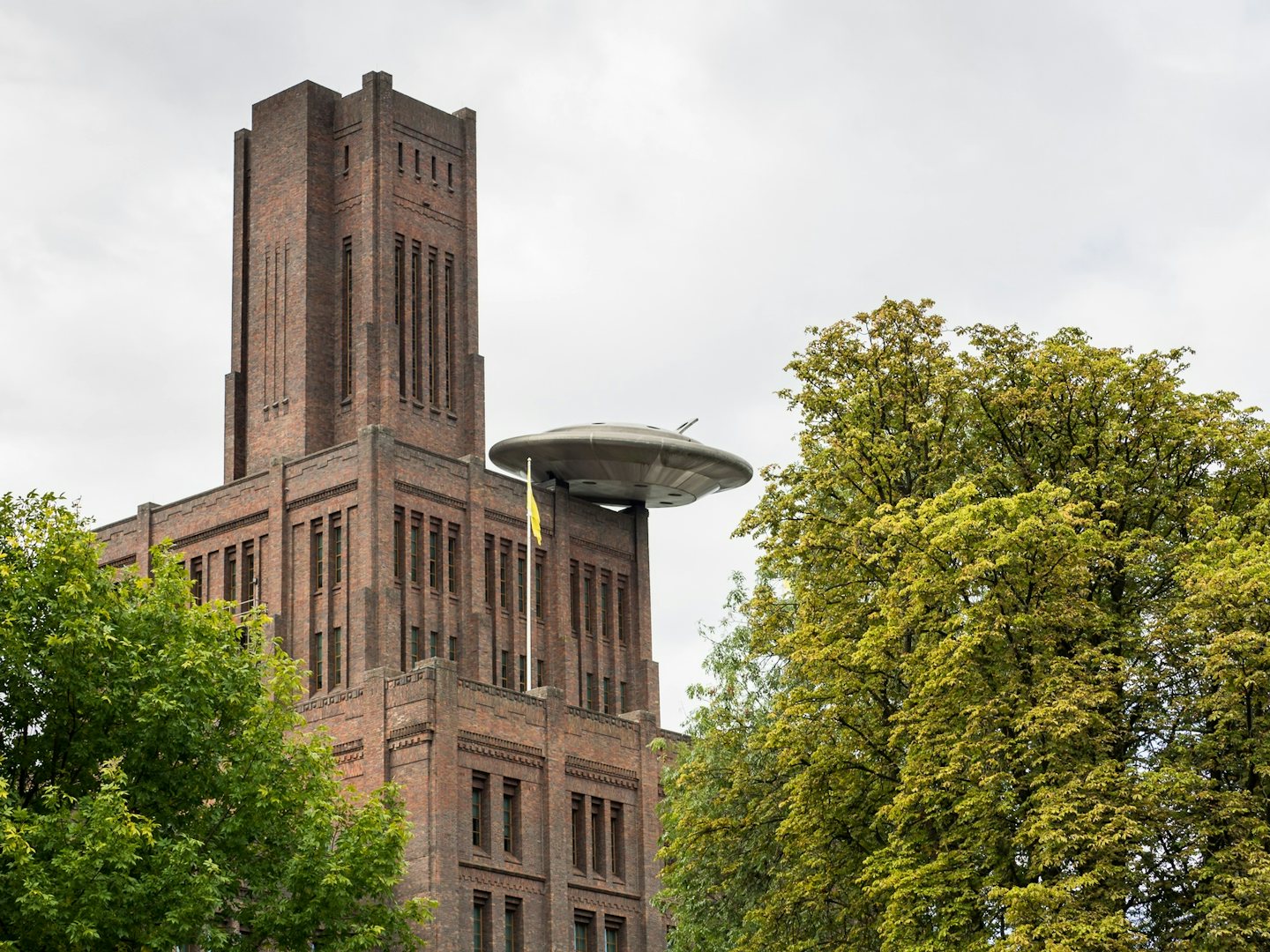
Roel Hendrickx
2) Sea level
This artwork by the American artist Richard Serra, which is his largest in Europe, consists of two concrete walls, measuring 200 metres each. They ank the canal. One of the walls is as tall as a dike, the other one is the same height as the sea level. Without the dike, the water would flood the landscape here, right up to the top of the artwork. When you walk past the wall, you feel as if you are briefly submerged only to emerge above the sea level again.
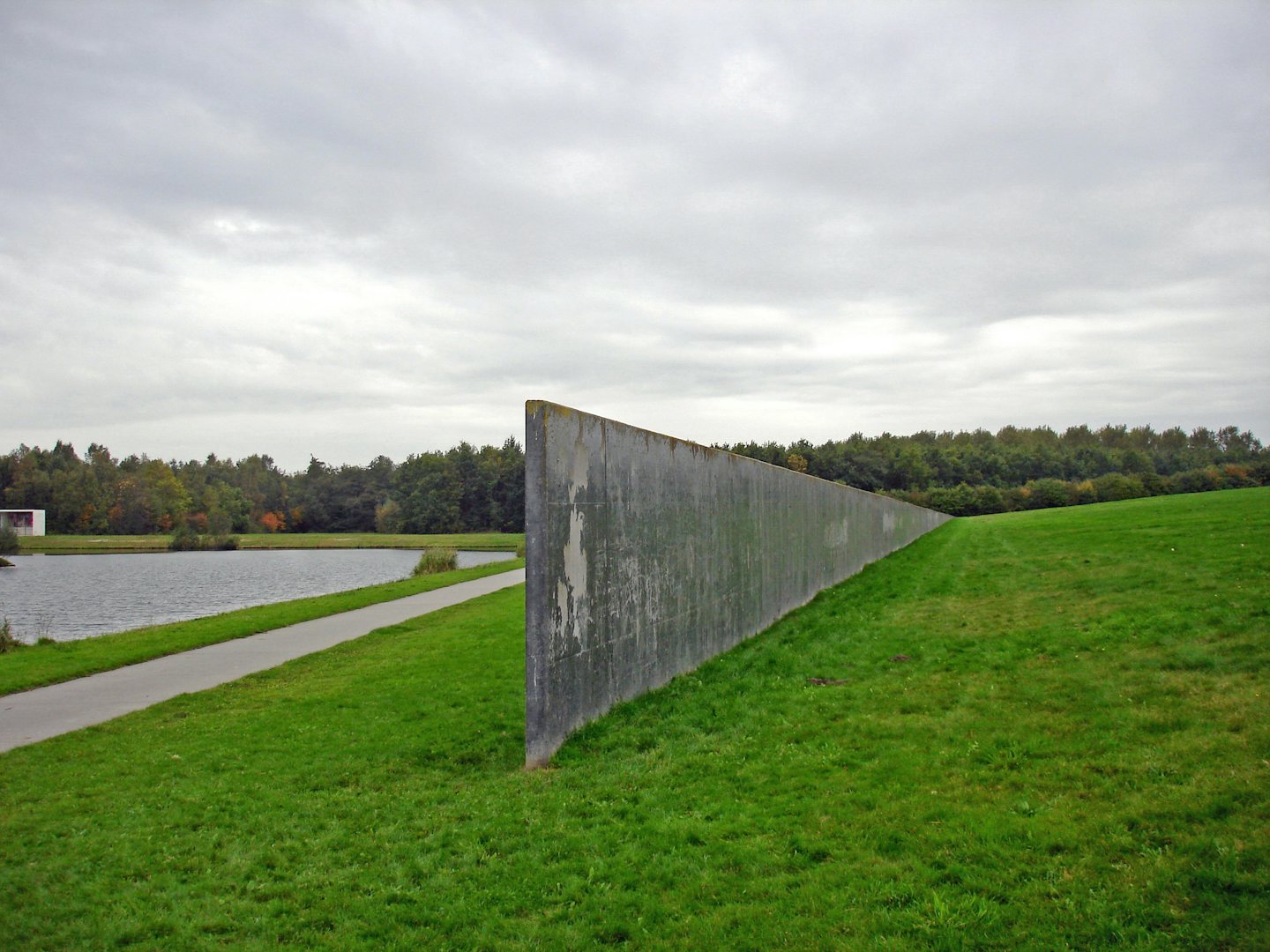
More hidden Holland?
Discover the best of the Netherlands: this guide takes you to hundreds of fascinating spots all over the country. Ook verkrijgbaar in het Nederlands.
3) Bospolder Fox
Every now and then, a fox pops up in busy Rotterdam. These courageous and streetwise adventurers are a symbol of nature making its way into the city, says artist Florentijn Hofman. As a tribute to them, he designed a 25-metre-high fox that overlooks the busy and multicultural Schiedamseweg, in the Bospolder neighbourhood. The animal has a huge plastic bag in its mouth, referring to the market on nearby Grote Visserijplein and the many plastic bags that lie around after a market day.
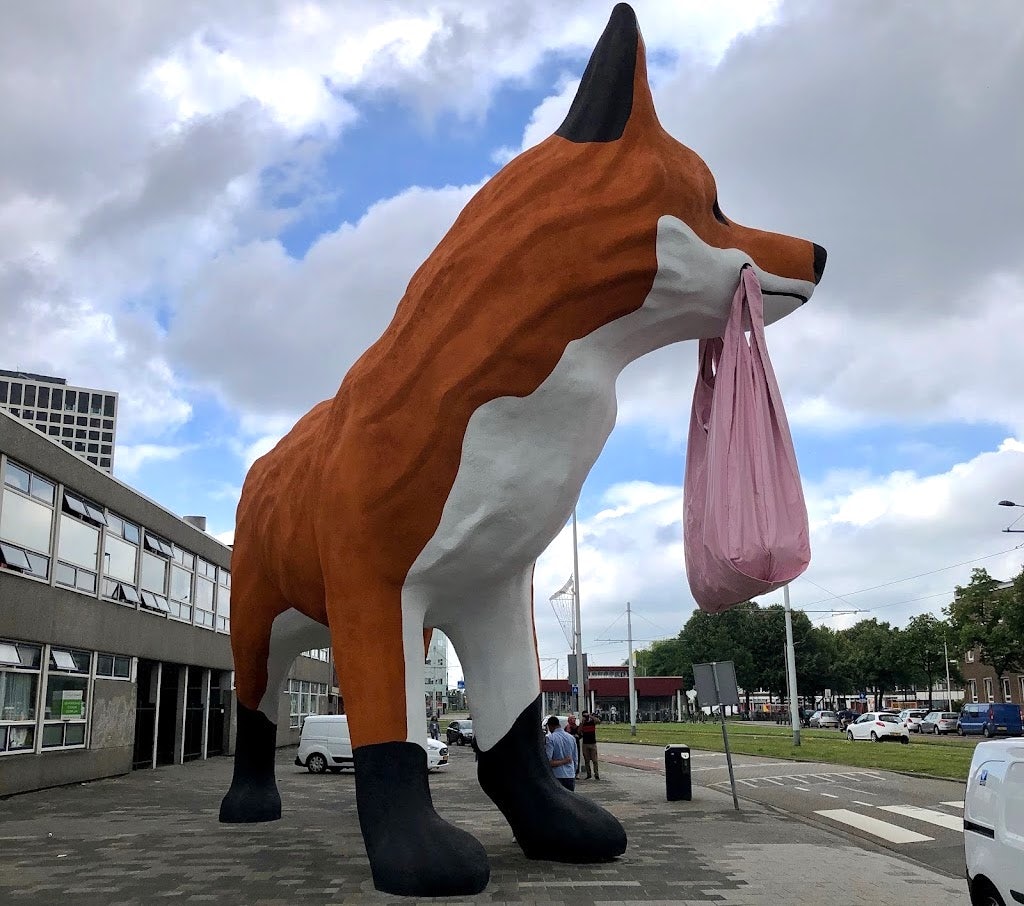
Markus Clarijs
4) Love
When the government announced that international artists would be selected to design the eleven fountains in the Frisian eleven cities for Leeuwarden Cultural Capital 2018, the people were rather sceptical. Couldn’t they have just given the job to some local artists? But these two children’s heads by the Spanish sculptor Jaume Plensa soon stole everyone’s hearts. You can see the fog that Plensa admired above the Frisian pastures at the foot of the heads.
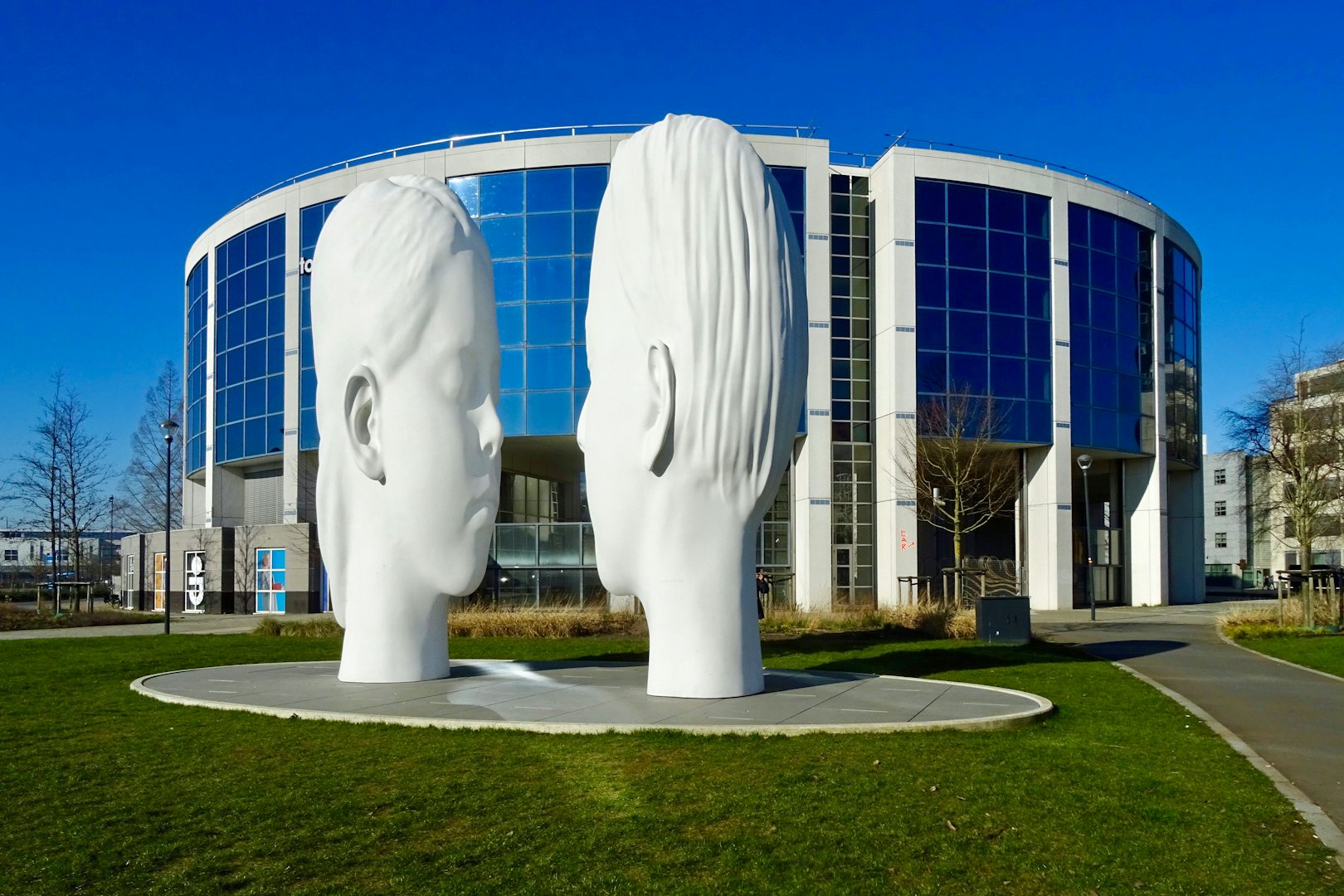
5) The Green Cathedral
The Cathedral of Reims, in the form of 178 Italian poplars. The people of Almere called this ‘gothic cultivation project’, as the artist Marinus Boezem called it, the Green Cathedral. The same cathedral shape has been ‘carved’ out of the forest in the eld alongside it. According to Boezem, a cathedral is the ‘epitome of human skill’, just like the Flevoland polders in the former Zuiderzee.

6) Rotating House
According to the rotondological society (yes, it really does exist), John Körmeling’s rotating house is one of the most successful examples of roundabout art in the Netherlands. According to the society, roundabout art should take into account the roundabout’s round shape, must be easy to understand for random passers-by, and the design must be easy to read. Körmeling’s open house is unambiguous and easy to distinguish. The house slowly turns on its axis. Nonetheless, this artwork, like so much other art in public space, was criticised as excessive expenditure by the town. It was even briefly squatted for this reason in 2009.
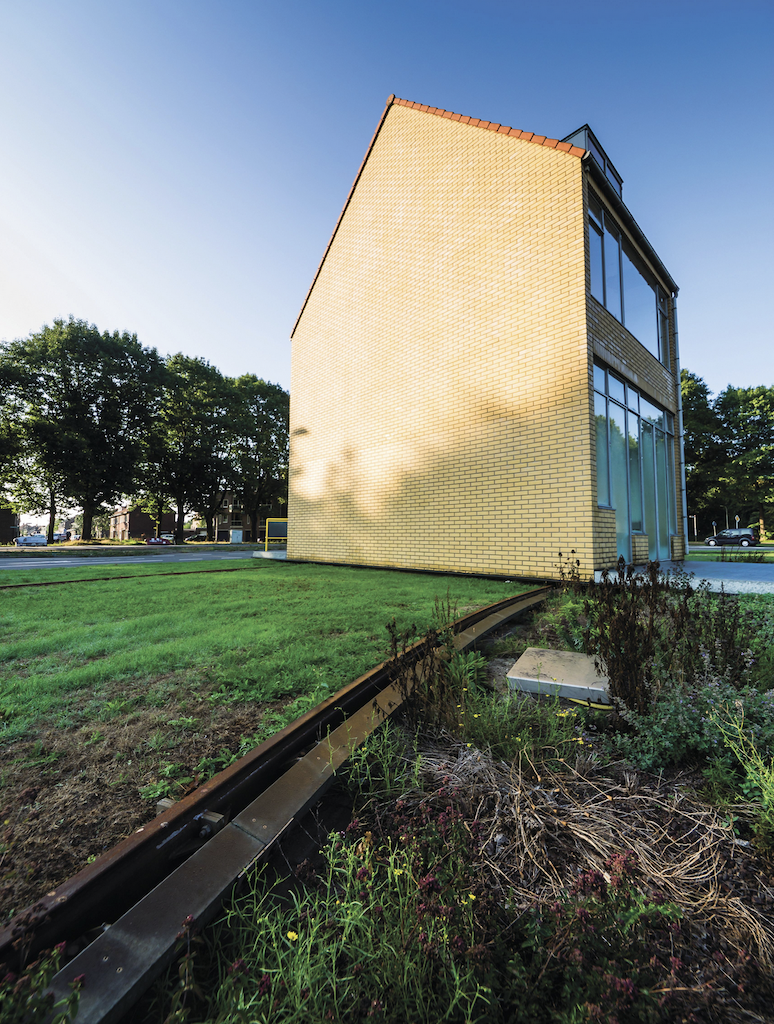
Roel Hendrickx
7) Big Funnel Man
Many of the people of Breda think that the man who lays here on the side of the road with a funnel in his mouth is just very thirsty after an evening on the tiles. In reality, the artist Joep van Lieshout thought that the many commuters who spend hours in traffic here would perhaps recognise themselves in the reclining man, who looks as if he is being force-fed.
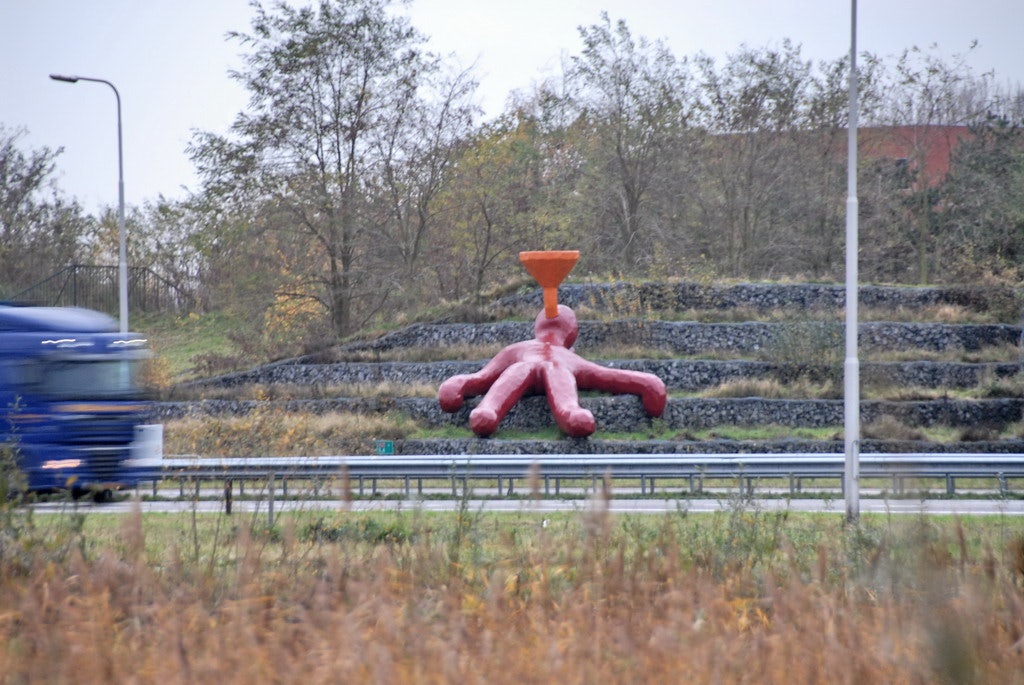
More hidden Holland?
Discover the best of the Netherlands: this guide takes you to hundreds of fascinating spots all over the country. Ook verkrijgbaar in het Nederlands.
JOIN THE HIDDEN SECRETS SOCIETY
Unlock a world of hidden gems. Sign up for free and gain access to over 4,000 addresses on our website. Plus, enjoy a 10% discount on all print guides and ebooks. Start exploring today!
Already a member? Log in. |
New here? Sign up. |